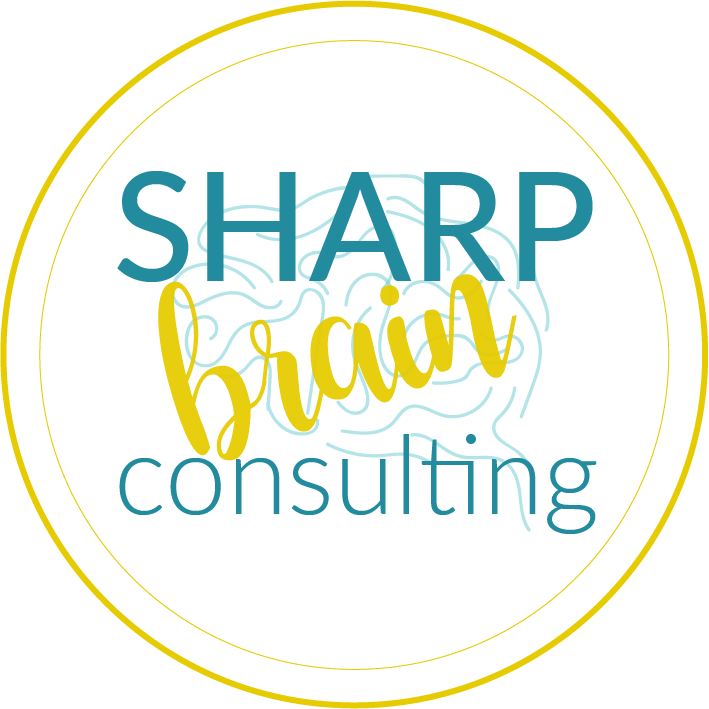When you think about police officers, CEOs, doctors, and custodians- what images come to mind? Do you have images of white men in your head? What about nurses and teachers? Images of white women now? The brain is a powerful organ. It often has to make quick decisions and associations which can lead us to this idea of unconscious bias.
According to Catalyst, a leader in diversity and inclusion research, unconscious bias is an implicit association or attitude that (1) operates beyond our control and awareness, (2) informs our perceptions of a person or social group, and (3) can influence our decision-making and behavior toward that target of our bias. Unconscious bias is huge and we ALL have them!
Think about unconscious bias as social stereotypes that happen in our brain but that we aren’t fully aware of. That bias shows up in the example presented earlier, but also shows up in our personal interactions with various groups of people. Our biases affect how we see certain groups and how we interact with them.
Much of our brain activity happens in our unconscious mind, about 95% of it to be precise, and we should all be thankful for it. Our brains are telling our body to do things like breath so that we don’t have to think about it. Because of this fact, many of our decisions are made outside of our conscious mind. Have you ever driven to work and can’t remember driving there? That’s your unconscious mind working for you. I find myself in awe of the power of our brains all the time, especially when I think about our unconscious minds.
In addition to what we know about our unconscious mind, we also know that our brains have the ability to make quick decisions to keep us safe. If we are about to hit a car, we have to stop quickly; if we are about to walk out into the street, our brains need to act quickly to save us. In those times, the “fight or flight” part of our brain, the amygdala, acts before the rest of our brains and bodies even know what is going on. This is a good thing… most of the time. The challenge comes in during more complicated situations. That same part of the brain, the amygdala, attaches memories to emotions and helps us to make quick associations which can lead to bias. According to Psychology Today: “The amygdala is an almond-shaped set of neurons deep in the temporal lobe. The amygdala has emerged as a key region of the brain in MRI bias research. The amygdala is the “emotional” center of the brain that reacts to fear and threat and other senses. Scientists have found a measurable correlation between amygdala activity and implicit racial bias. The point again is that research shows a visual brain response even though an individual may not be conscious of it.”
Again, on its face bias may not always seem like a bad thing, but the challenge is that most of us don’t know what our biases are and how they influence our decisions.
So why does all of this matter? Understanding your own biases will help you in your professional life, but will also expand your personal relationships as well.
During my time at a large health system in Greenville I worked in diversity and inclusion, which there was a division of human resources and worked to educate employees on difference and work to make sure the system’s employees felt included across different. While there, I saw what happens when we are unaware of our bias. I worked with a department that had a manager who was really well intentioned, but her actions did not match her intentions. She was treated her black female employees differently then her white female employees, but she didn’t realize it. In the context of work, biases can impact hiring decisions and how we interact with different groups of people (which I saw in the department I mentioned). From someone who worked in diversity and inclusion, trust me when I say this can sometimes have negative outcomes. When we think about our personal lives, having biases towards groups of people can decrease the size of our social groups. On its face that may not be a bad thing, but as the world becomes more diverse, having diverse relationships makes us better (and more interesting) people.
For that reason, it is critical that we know our biases and work to be more aware of them, but how?
Well if you are in Greenville, you can hear my answer to this live during the LeadHER Greenville Symposium on April 28th from 8:30-3:00. If you aren’t in Greenville, or aren’t attending the Symposium, I’d invite you to check out the resources list at the bottom of the April Newsletter for great resources on how to walk into your biases.

